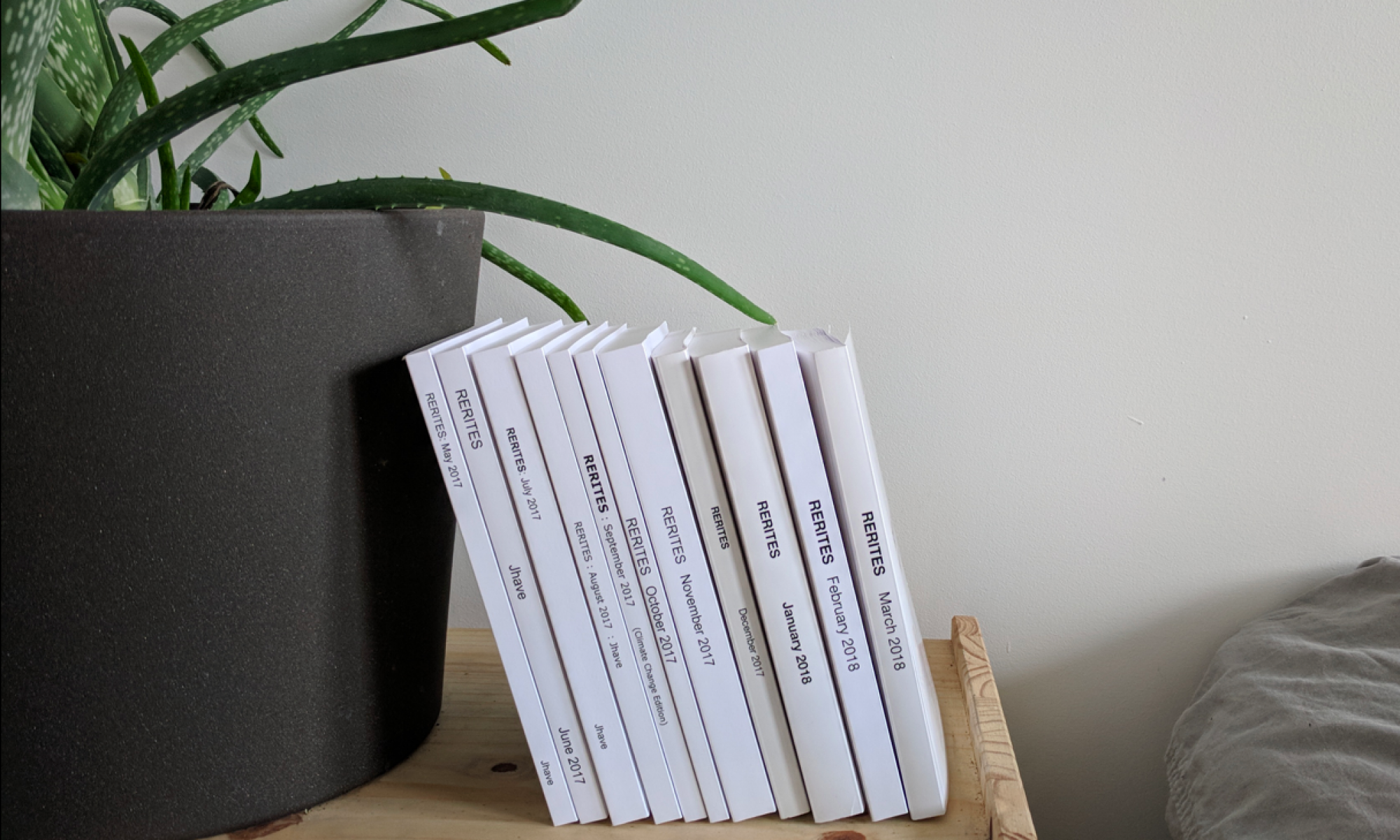I’m beginning to understand the exultation of spam-lords, the rapturous power narcotic that arises from watching thousands of words of perhaps-dubious quality arise & spew in a rapid unreadable scrawl across a screen.
Beyond semantics, words like sperm procreate incessantly in abundant sementics. Quality in this inverted world is a quantity.
On the technical side: today, I fixed the repetition hatching; used pattern.en to correct articles (like ‘an’ or ‘a’) and conjugate correct verb participles (as in ‘I’m walking home…’); and created FAKE_authors (because who wants to read a poem written by a bot…unless it’s good, which these poems are not yet).
It all took much longer than anticipated.
The poems are now output in hourly batches:
- 413 poems generated in about 7 minutes 15h52-15h59
- 1662 poems generated in about half-an-hour 16h27-16h59
- 5001 poems generated in an hour 17h00-17h59
- 3042 poems generated in 37 minutes 18h00-18h37
Here’s a weird sample:
Body The New Road: Clark
by Anthony LazarusWait.
look.
hold.
hold back. expect.look forwardkick one’s heels.kick one’s heels an i kick one’s heels.kick one’s heels.
hold off.
look.look to.stand by.kick one’s heels.
NOW.
And the original, Kenneth Patchen’s The Murder of Two Men by a Young Kid Wearing Lemon-colored Gloves
Wait.Wait.Wait.Wait. Wait.Wait.Wait.W a i t.Wait.Wait.Wait.Wait.Wait.Wait.
NOW.
[ A generated-poem based upon: Lyell’s Hypothesis Again by Kenneth Rexroth]
Nest Girl: Allergic Tales Dogs Bottom Kill Toucan Life
by Johannes Mackowski
An attack to excuse the latter transition of the Earth’s rising up by mutagenesis Now in functioning
caption of Lyell: caveat emptor of Geology
The ben clearway tight end on the QT,
Broken dust in the abyss where
The viaduct lave out days agone. Continue reading “Another 10k day”



